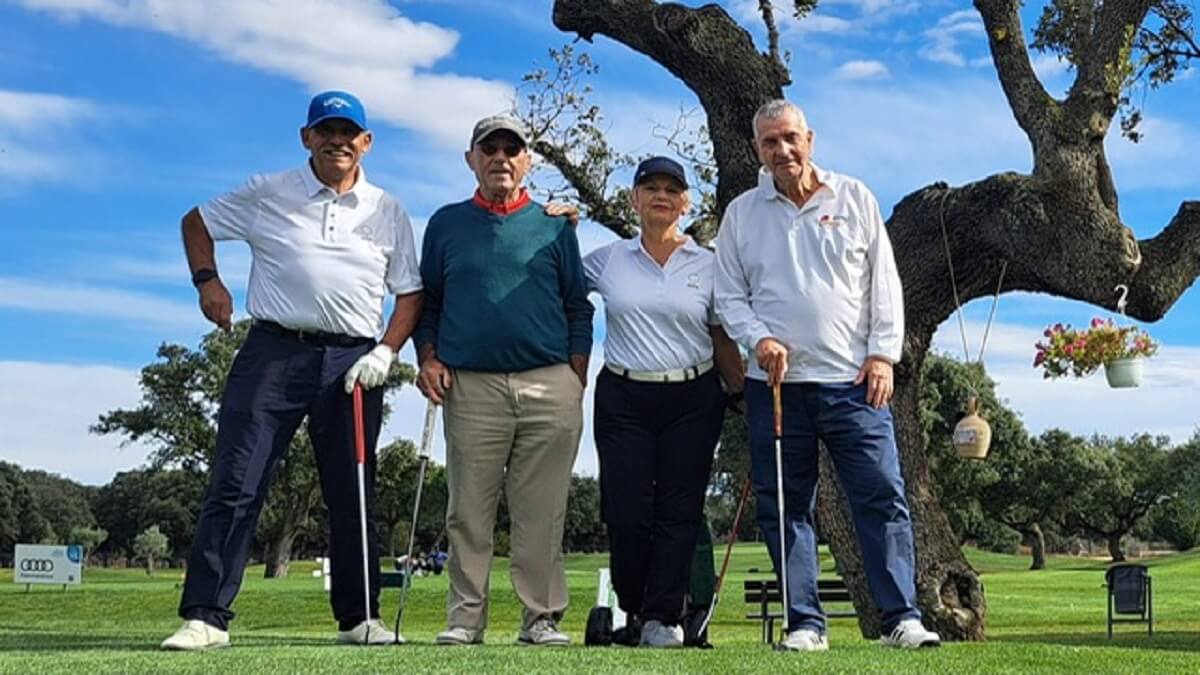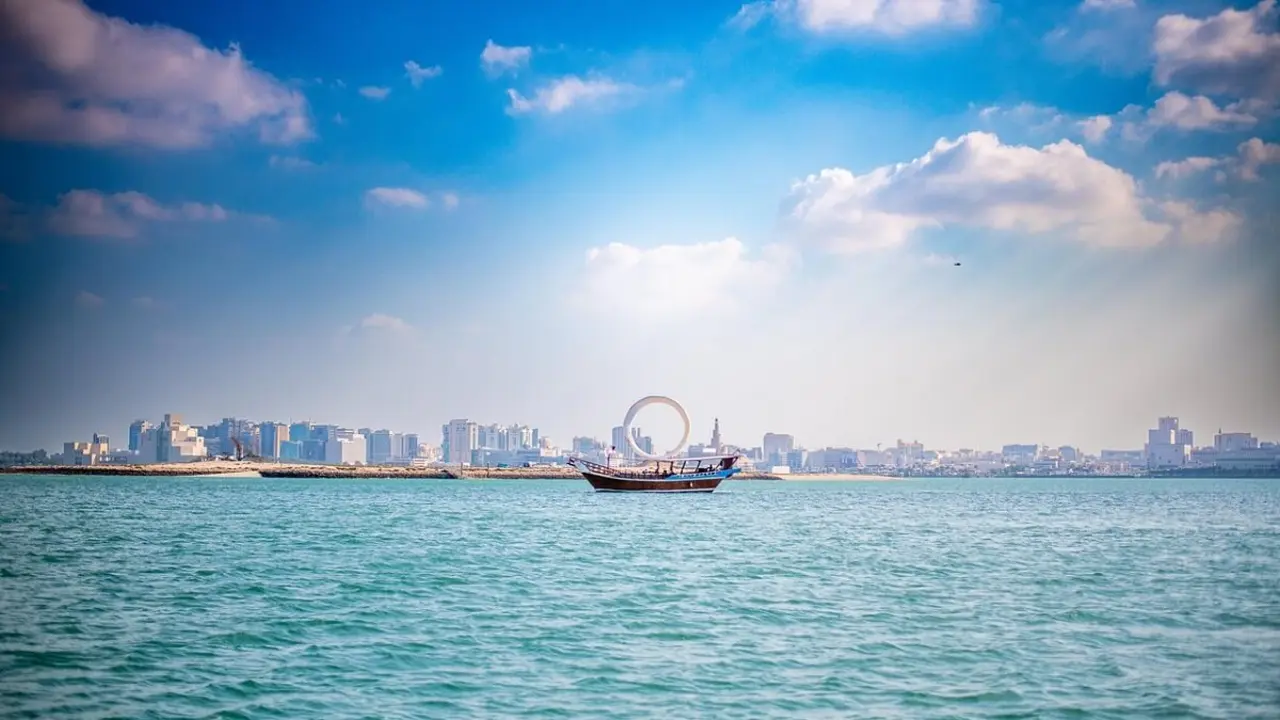Spanish golf has more than 300,000 members

Spanish golf ended 2024 with 305,603 members, 303,913 of them amateurs and 1,690 professionals, according to data from the official count carried out on 31 December by the Royal Spanish Golf Federation (RFEG).
This figure represents an absolute increase of 6,644 licences over the past year, which in percentage terms is 2.2 % more than at the end of 2023.
Both absolute and percentage figures consolidate the growth experienced over the last six years, a period of consolidation that has allowed us to gradually overcome the effects of the economic crisis and the health crisis of the coronavirus between 2011 and 2020.
After such a complicated framework, the idiosyncrasy of golf - a healthy sport practised outdoors, safe, which naturally establishes safety distances - has in recent years been an attraction for many people, who find in golf a healthy sporting-recreational activity, both from a physical and psychological point of view.

The increase in the number of people practising this sport in Spain recorded its greatest explosion in the period between 1990 and the economic crisis unleashed in 2008. From 45,000 players in Spain in 1990, the figure of 100,000 was exceeded in 1996, 200,000 in 2002 and 300,000 in 2006.
The sharp decline as a result of the economic and health crises has been reversed in the last six years, although the peak of 338,588 federated players in 2010 is still a long way off.
In 2024, the performance of the different Autonomous Communities has been firm in practically all of them, with positive data being the general trend, with some significant upward variations.
In absolute terms, Madrid, with 94,999 members, accounts for 31% of the total number of licences, followed by Andalusia, with 51,902, and Catalonia, with 29,702, accounting for 17% and 9.7% of the total number of members in Spain, respectively.

It is also worth highlighting those Communities which, in percentage terms, have exceeded the average growth of 2.2% experienced at national level. This was the case, in first place, of Murcia, with 5.6% more members. The Valencian Community and the Balearic Islands, with 4.4% and 4.0% respectively, are also in this leading group, followed immediately by Extremadura (3.3%), Galicia (3.0%) and Madrid (2.5%). At the opposite pole are the three Autonomous Communities that lost members: Navarre, and the autonomous cities of Ceuta and Melilla.
It should also be noted that the number of women's licences currently stands at 83,882, an increase of 1,805 compared to the previous year. This represents 27.5% of the total number of golf licences in Spain. More than half of these women's licences, 48,920, correspond to women over the age of 50, while 8,173 are for girls under the age of 16.
In this respect, as well as highlighting the gradual expansion of the Spanish golf base with the incorporation of children, this increase coincides with the progressive implementation of the Golf in Schools Programme, the Friends Cup and various promotional activities among the youngest, which have been carried out jointly by the RFEG, the Autonomous Federations and the Clubs for several years throughout the country.









